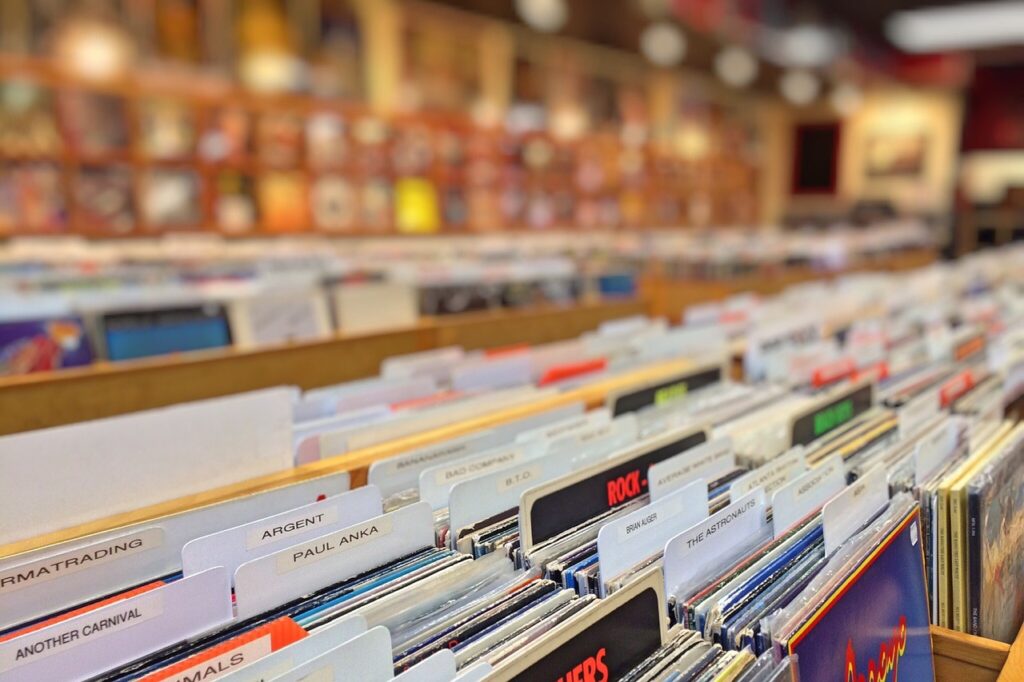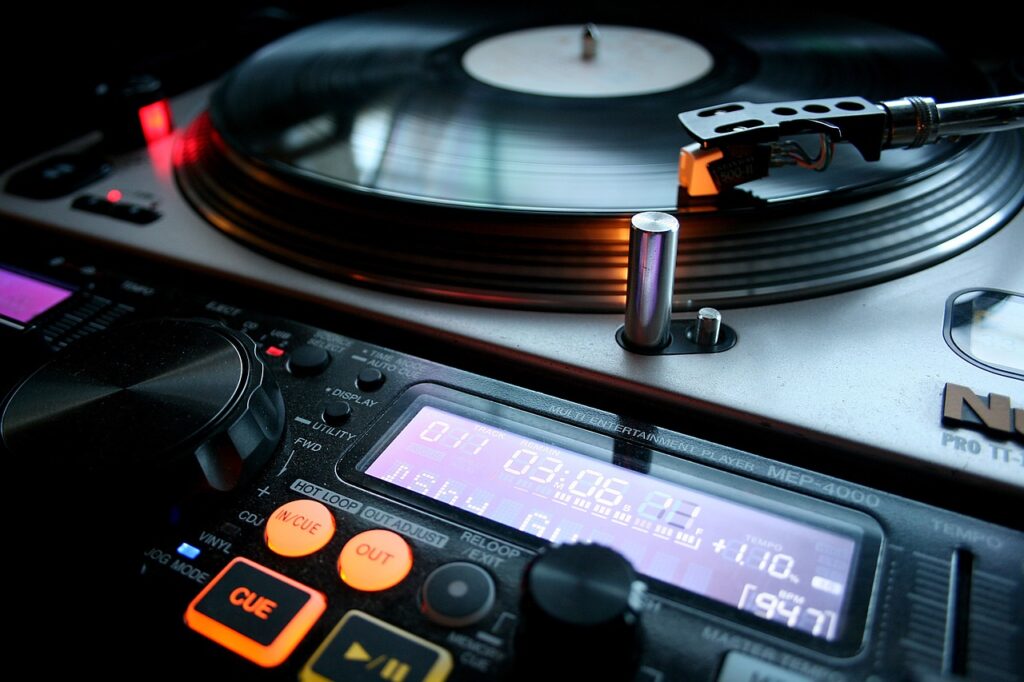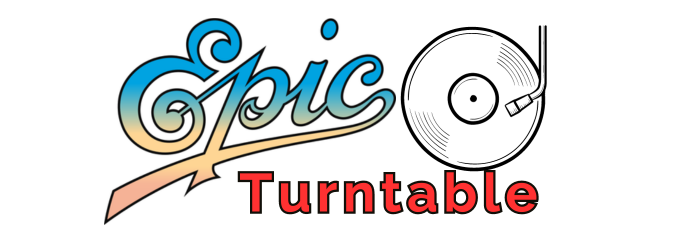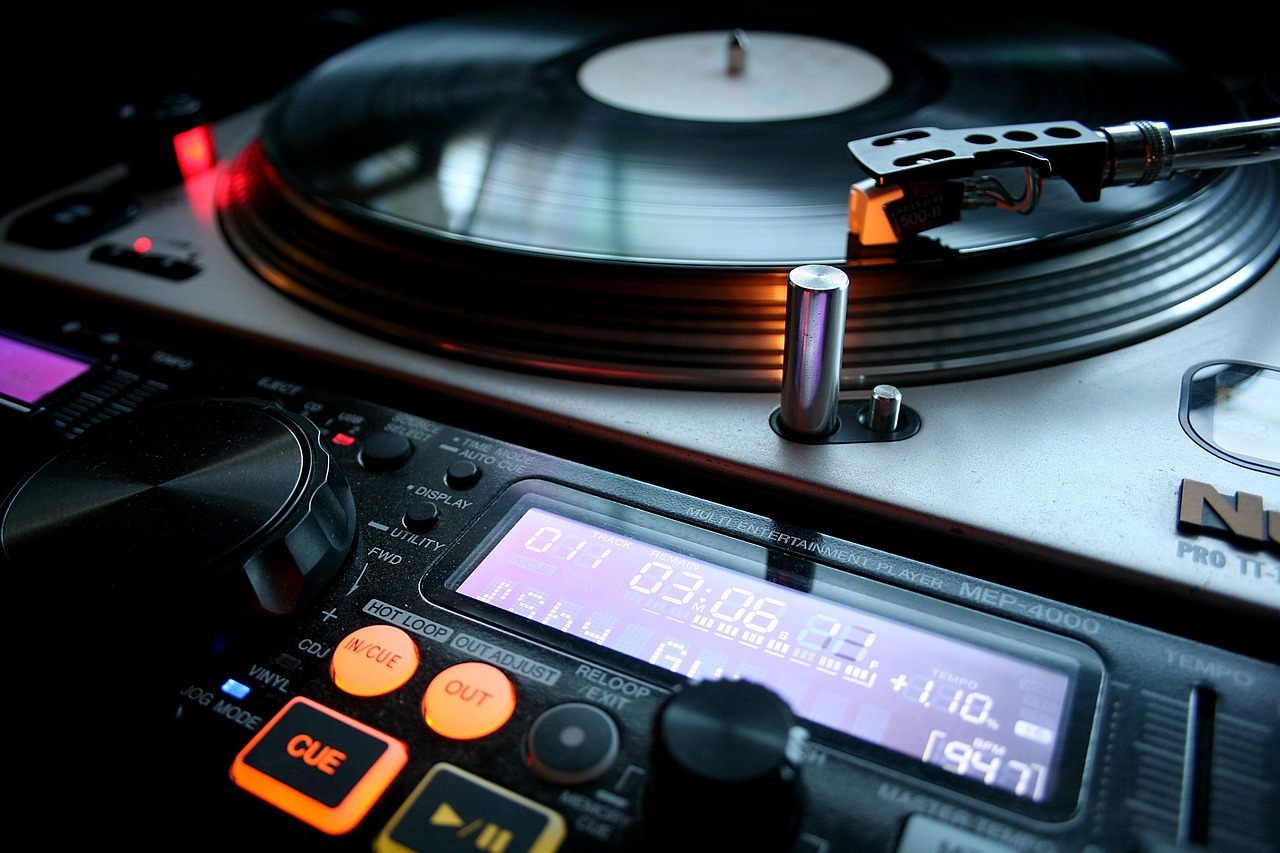You’re in for a treat as we take a closer look at the fascinating world of turntable record players. Sought after by music enthusiasts and vinyl lovers alike, these amazing devices bring any song to life with their intricate mechanics and warm, rich sound. Step into the realm of nostalgia and immerse yourself in the magic of vinyl as we explore the wonders of a turntable record player. A turntable record player, also known simply as a turntable or record player, is a device used for playing vinyl records. It is a type of audio playback device that allows you to enjoy the unique sound and experience of analog music. Turntable record players have a rich history and have gone through significant evolution over the years. They consist of various components and parts that work together to produce high-quality audio. In this article, we will explore the definition, history, components, types, functionality, advantages, disadvantages, common features, maintenance, and comparison of turntable record players.
Definition of a turntable record player
A turntable is a device that rotates a record at a constant speed, allowing a stylus or needle to make physical contact with the grooves on the record’s surface. A record player, on the other hand, refers to the complete audio system that includes the turntable, the tonearm, and other necessary components to amplify and output sound. When combined, a turntable record player becomes a comprehensive device for playing vinyl records.
History and evolution of turntable record players
The history of turntable record players can be traced back to the invention of the phonograph by Thomas Edison in the late 19th century. This early device used a cylinder-shaped record and a stylus to reproduce sound. In the early 20th century, Emile Berliner introduced the gramophone, which utilized flat discs instead of cylinders, making it easier to produce and distribute recordings.
The turntable record player as we know it today began to take shape with the development of the first electric phonograph in the 1920s. This innovation allowed for more consistent playback and better sound quality. Vinyl records were introduced in the late 1940s, replacing shellac discs and becoming the preferred medium for audio recordings.
However, with the advent of digital audio formats such as CDs and MP3s in the 1980s and 1990s, turntable record players saw a decline in popularity. Many individuals shifted to these new formats due to their compactness and convenience. However, in recent years, there has been a revival of turntable record players, driven by a renewed interest in vinyl and the pursuit of a warm, nostalgic sound.

Components and parts of a turntable record player
A turntable record player consists of several essential components. The plinth or base provides a stable foundation for the other parts. The turntable platter is the rotating component that holds the record and ensures smooth playback. The tonearm and cartridge work together to track the grooves on the record and convert the physical vibrations into electrical signals. The mechanism of the turntable can be either belt-drive or direct-drive, each having its own advantages. A phono preamplifier is often required to boost the weak signal coming from the cartridge. The equalization and audio output stage ensure that the signal is compatible with other audio equipment. Additional features and controls can vary depending on the model, including speed settings, tonearm controls, and automatic operation.
Types of turntable record players
There are various types of turntable record players to cater to different needs and preferences. Manual turntables require the user to manually lift and place the tonearm on the record, providing a hands-on experience. Automatic turntables, on the other hand, have automated mechanisms for placing and lifting the tonearm. Semi-automatic turntables offer a combination of manual and automatic features, giving users more flexibility. USB-enabled turntables allow for digital conversion of vinyl records, making it easier to transfer them to a computer or portable device. High-end audiophile turntables are built with precision and high-quality components, providing the best possible sound reproduction for discerning music enthusiasts.

How a turntable record player works
A turntable record player operates by rotating the turntable platter at a precise speed, typically 33 1/3, 45, or 78 revolutions per minute (RPM). The tonearm holds the cartridge, which contains the stylus or needle that traces the grooves on the record’s surface. As the stylus moves through the grooves, it picks up the vibrations and converts them into electrical signals. These signals are then amplified and equalized to produce audio output, which can be fed into an amplifier or audio system for playback through speakers.
Advantages of using a turntable record player
Using a turntable record player offers several advantages over digital audio playback devices. One of the most notable advantages is the warm and authentic sound quality that vinyl records provide. Vinyl records have a unique sound signature that many enthusiasts find more pleasing and natural compared to digital formats. Additionally, there is a wide range of vinyl records available, spanning various genres and eras, allowing you to explore and discover a vast musical catalog.
Using a turntable record player also provides a nostalgic and tactile experience. The act of physically handling and playing a vinyl record can be quite nostalgic and enjoyable. Furthermore, turntable record players often allow for customization and component upgrades, giving you the opportunity to enhance the sound quality or tailor the system to your preferences. Additionally, turntable record players can be connected to audio systems and speakers, providing flexibility and expandability for your audio setup.

Disadvantages of using a turntable record player
Despite their advantages, turntable record players also have some drawbacks. Proper setup and adjustment are crucial for optimal performance, which may be intimidating or challenging for newcomers. Turntable record players are sensitive to external factors such as dust and vibrations, which can affect sound quality and tracking accuracy. Additionally, turntable record players are not as portable or user-friendly as digital audio devices. Vinyl records require physical storage space and careful handling to avoid damage.
To achieve optimal performance, a turntable record player may require additional equipment such as a quality phono preamplifier or external speakers. These additional investments can add to the overall cost of owning and maintaining a turntable record player.
Common features and functionalities of turntable record players
Turntable record players often share common features and functionalities. Speed settings allow you to adjust the turntable’s rotation speed to accommodate different types of records. Adjustable tonearm counterweights and anti-skate mechanisms help optimize the tracking force and reduce distortion. Cueing and manual tonearm control allow for precise placement and control of the stylus on the record. Removable cartridges and stylus enable easy replacement and upgrade of the playback components. Playback options such as start, stop, and pause give you control over the listening experience. Some models may also feature an automatic tonearm return function for added convenience. Built-in phono preamplifiers are available on certain models, eliminating the need for an external preamplifier in your setup.
Maintenance and care for turntable record players
To ensure the longevity and optimal performance of a turntable record player, proper maintenance and care are essential. In terms of maintenance, regular cleaning of the platter, tonearm, and stylus is necessary to remove dust and debris that can affect sound quality. It is also important to keep the turntable away from excessive vibrations and ensure that it is positioned on a stable surface. Proper storage and handling of vinyl records are crucial to prevent scratches and warping. It is recommended to use anti-static brushes, record cleaning solutions, and protective sleeves to keep the vinyl records in good condition.
Comparison between turntable record players and other audio playback devices
When comparing turntable record players to other audio playback devices, several factors come into play. Sound quality is a significant differentiating factor, with turntables often praised for their warm and authentic sound reproduction, while digital formats may offer greater clarity and convenience. Formats and compatibility vary, with turntables restricted to vinyl records, while digital devices can handle various file formats and streaming services. Convenience and user-friendliness lean towards digital devices, as they allow for easy playback and navigation with the click of a button. Accessibility and availability of media are more extensive with digital formats, as vinyl records may be limited in availability and require dedicated record stores or online purchases. Finally, cost and affordability factors may differ, with turntables and vinyl records generally requiring a higher initial investment compared to digital devices.
In conclusion, a turntable record player is a unique audio playback device that offers a distinctive sound and experience. Its history and evolution have shaped it into a beloved piece of audio equipment, with a wide range of components and types available. While turntable record players have their advantages, such as the warm sound quality and nostalgic experience, they also come with some disadvantages and maintenance requirements. Nevertheless, they continue to captivate audio enthusiasts and capture the essence of vinyl records in a digital age.

Hi there! I’m Eric Hoffman, the author behind EpicTurntable.com. I’m passionate about revolutionizing your music experience through vinyl. At EpicTurntable.com, you’ll find everything you need – from turntables and vinyl records to accessories. Whether you’re an audiophile or just starting out, I offer expert reviews, insightful articles, and the latest trends in the world of turntables. Dive into our community forums to connect with fellow vinyl lovers, or explore our online store for exclusive deals. Join me at EpicTurntable.com, where I’m dedicated to bringing you the classics and the latest hits all in one place!

